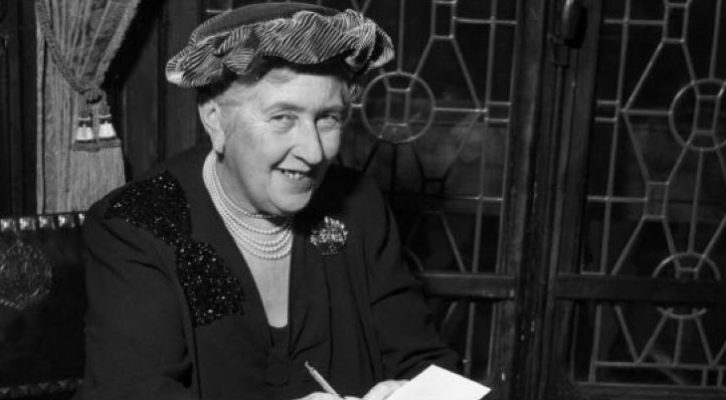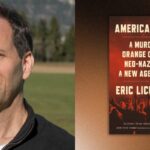
Here's a list of non-distressing things to read this weekend.
This week, a reader broke the usual flow of publicity announcements and pitches in our general inbox to ask: Are we okay? “Increasingly a lot of the links I have selected in the past couple of weeks I find very distressing,” they wrote. (Fair.) They also asked if we could recommend some non-distressing stories.
Yes, we are okay—but I also concede that the world, and therefore the internet, is a stressful place, and we could all use a bit of a break from it. So without further ado, here are a few things we published this week that I hope are inspiring, distracting from the everyday, and maybe even comforting.
Barry Lopez, “Love in a Time of Terror“
“My goal that day was intimacy—the tactile, olfactory, visual, and sonic details of what, to most people in my culture, would appear to be a wasteland. This simple technique of awareness had long been my way to open a conversation with any unfamiliar landscape. Who are you? I would ask. How do I say your name? May I sit down?”
Rónán Hession, “The Quest for Kindness is One of Fiction’s Great Challenges“
“From a distance, happiness and goodness may look simple and vanilla. But writing this book has taught me that there is plenty to learn from happy families, though it does require a different way of looking. The story needs to be slowed down, the signposts removed, and the space created for human nature itself to be foregrounded.”
Margot Mifflin, “The Trailblazing Black Models of Miss America“
“All those other people competing with me had years of dance, years of classical piano, years of voice lessons,” she says. “And I had nothing. I just had guts.”
Odie Lindsey, “Learning to Write From Willie Nelson and One of the Greatest Albums of the 1970s“
“I follow the narrative as Willie intended: pain moving into possibility, a deliverance from the past. I play the record again. Sing the child to sleep.”
Karen Babine, “A Taxonomy of Nonfiction; Or the Pleasures of Precision“
“Ask any writer or reader how they organize their shelves and you’ll get a glimpse into the way their mind works. I’m fascinated by the idea of a taxonomy in nonfiction, of order, an ever-expanding vocabulary to articulate what the page is doing.”



















